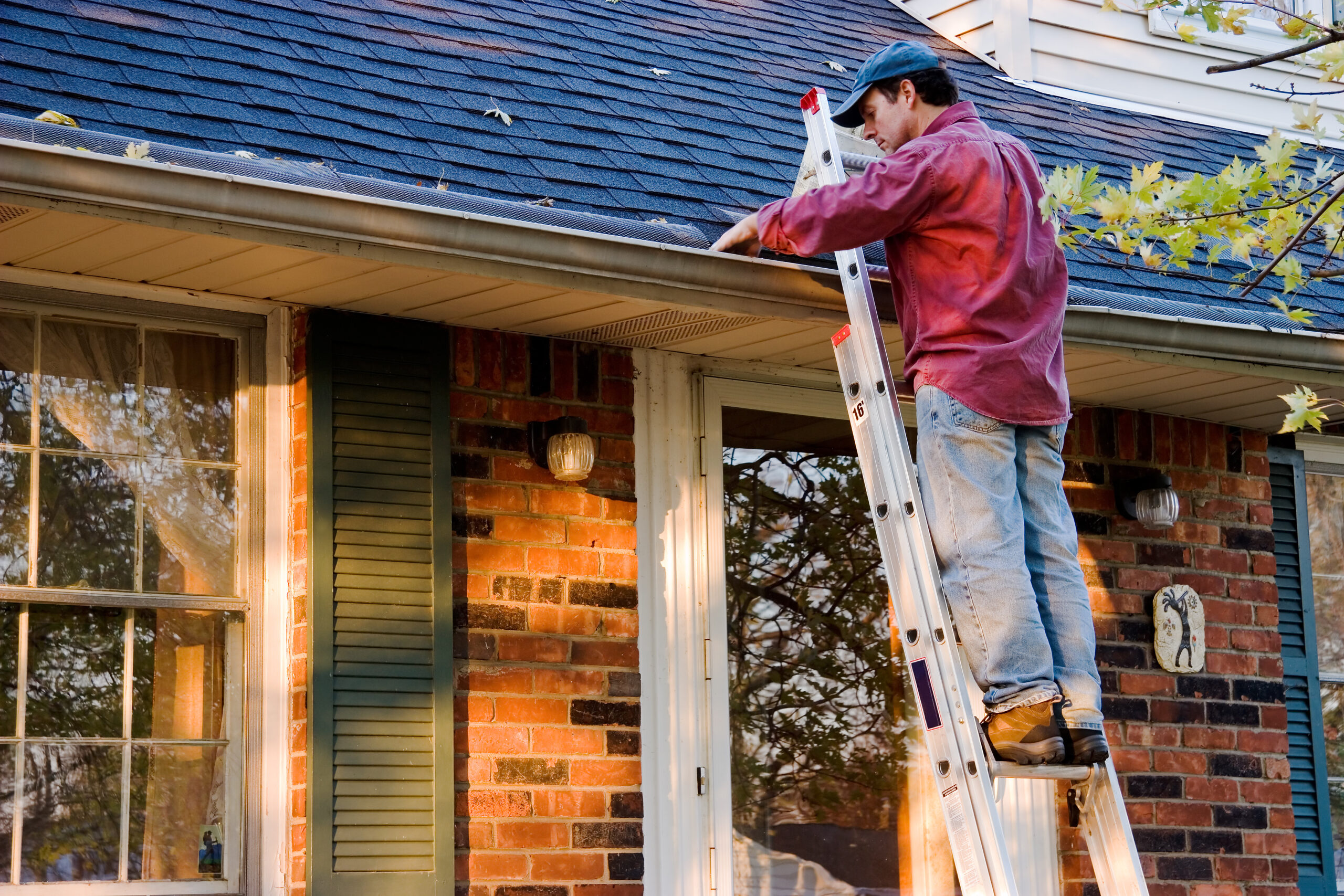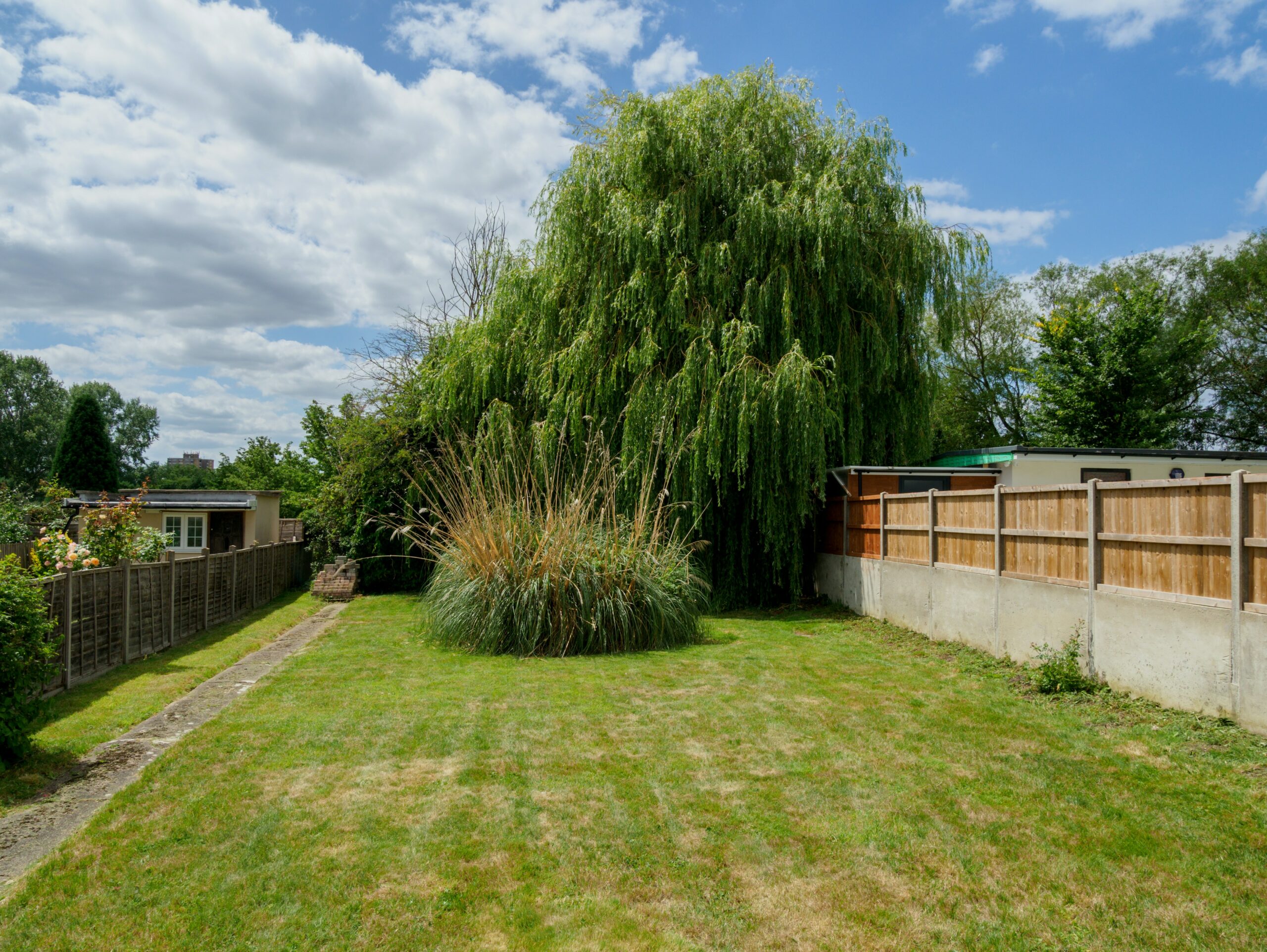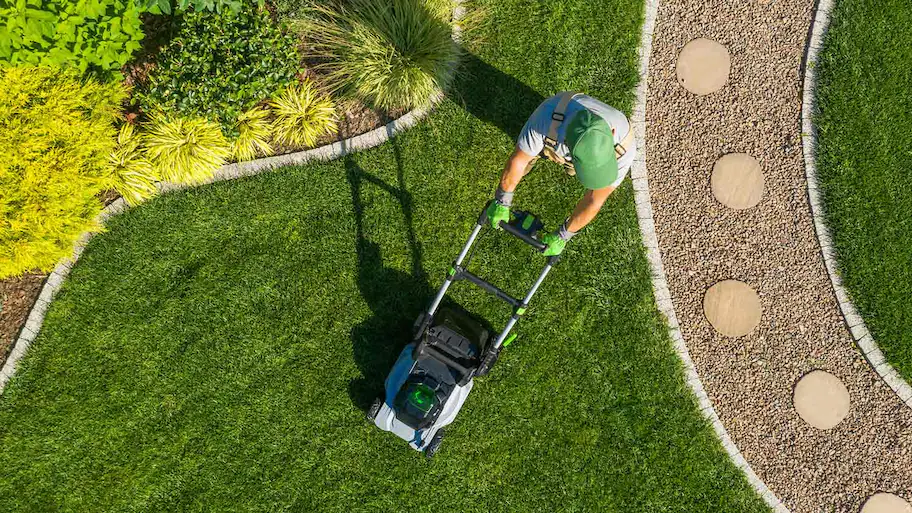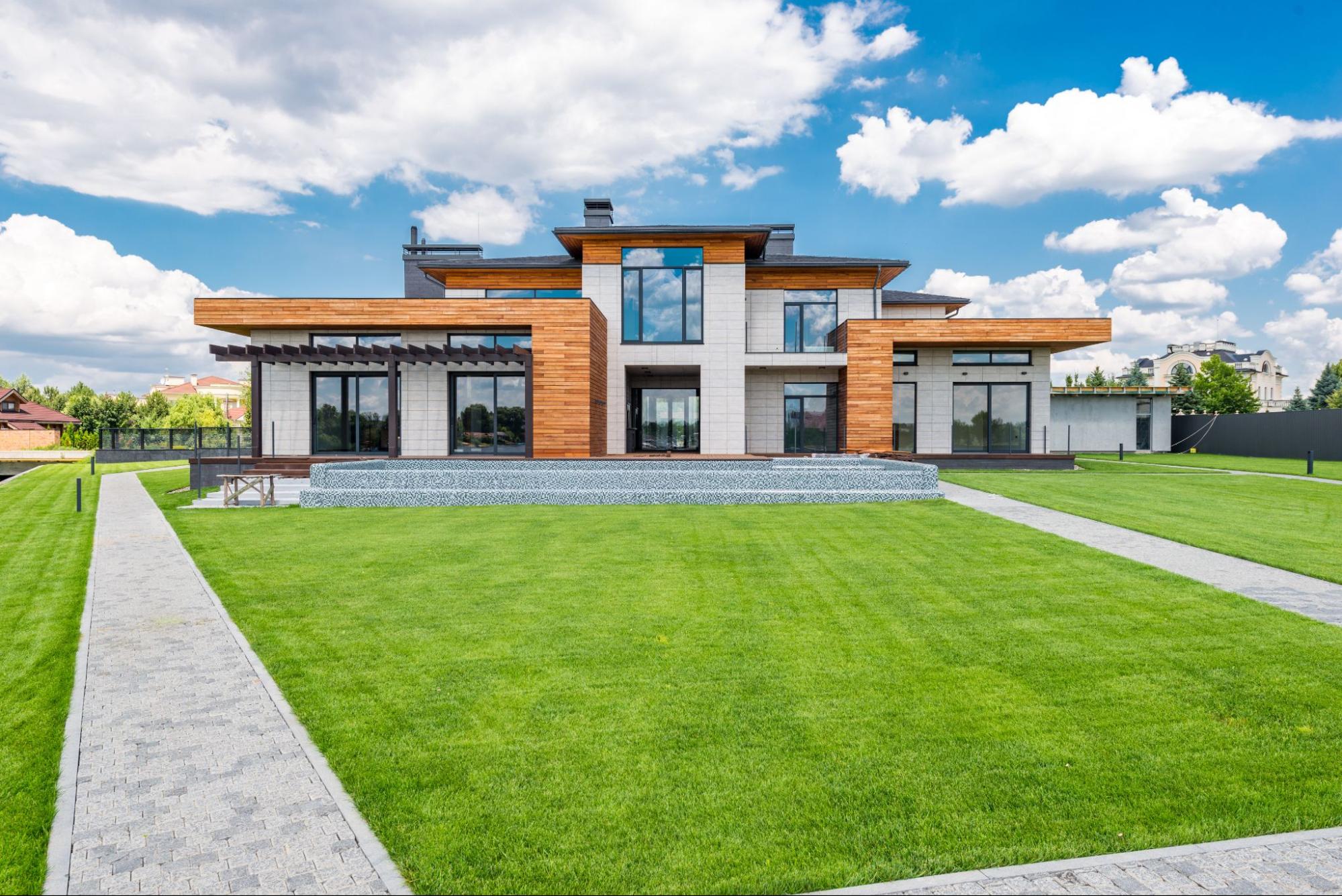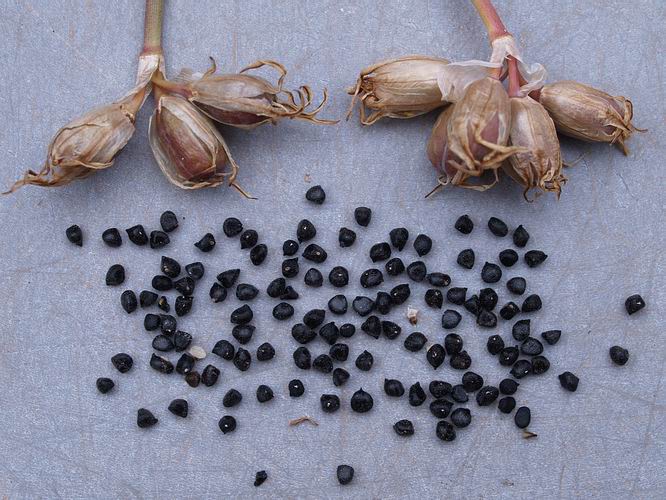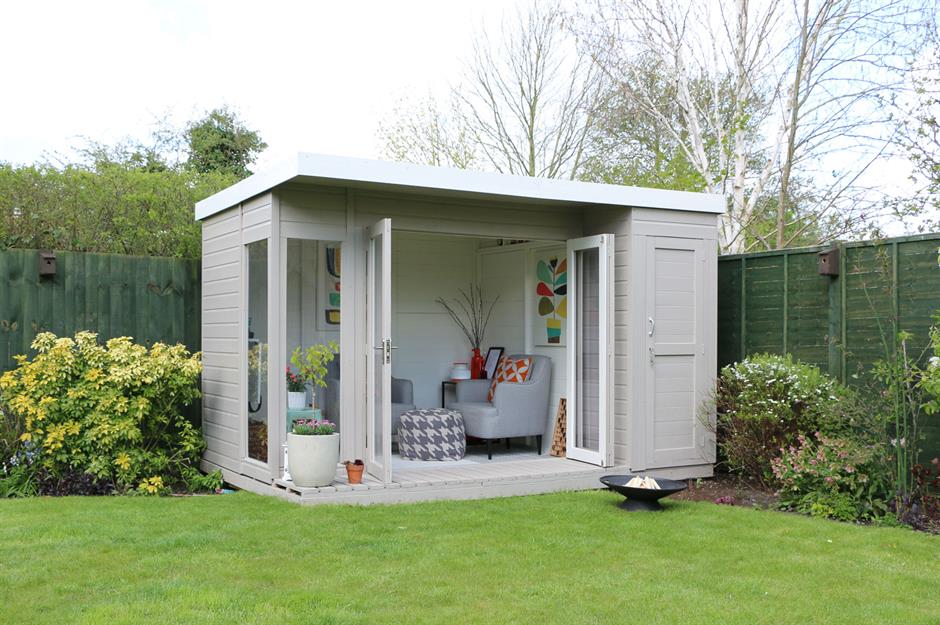When choosing topsoil, you will likely encounter some soil marketed as “screened” topsoil and others marketed as “unscreened.” As you might have guessed, screened topsoil goes through a filtering process after harvesting while unscreened topsoil does not.
During the harvesting process, topsoil is literally scrapped off the earth’s surface. Oftentimes, rocks, roots and clumps of topsoil are present, as well as various soil particle sizes. This form of topsoil is sold and marketed as “unscreened” and often cheaper. Alternatively, screened topsoil is topsoil that’s sifted over a screen to remove undesirable pieces such as rocks, roots, and hardened clumps of dirt. In the screening process, different size mesh openings are used to ensure the only particles that fall through the screen are of the desirable size. When soil particles are equal sizes, this will maximize nutrient, water and air retention in the soil.
When to use unscreened topsoil
Just because topsoil is unscreened, doesn’t make it useless. Because unscreened topsoil doesn’t go through a screening process, it is often cheaper than screened topsoil. Unscreened topsoil is best used for base layers of lawns, flower beds and gardens, but shouldn’t be used as a medium to plant. Its variable particle sizes will hinder plants from easily accessing nutrients and minerals in the soil. While you may plant things directly in unscreened topsoil, be prepared to use a rake to remove rocks and roots. Also, you will need to break up hardened clumps of soil.
When to use screened topsoil
Use this exactly where the name implies, on the top. The evenly sized particles allow for great movement of water and nutrients throughout the soil profile. Screened topsoil is also great at retaining water nutrients and keeping them near the roots where plants can use them. The equal size particles make incorporating fertilizer, compost, and other amendments easier. Incorporate a layer of screened topsoil before planting, transplanting or laying new sod. Don’t forget that screened topsoil can be a great option for flower beds, raised bed gardens and potted plants.
Other considerations when using topsoil
When purchasing topsoil, it is important that you purchase it from a reliable source. Sometimes a supplier may try to add excess organic matter, clay or sand to stretch it out further. Topsoil should be dark, but not black. It should also have a loose, fluffy and crumbly texture. Moisture retention in the topsoil should be noticeable. Lastly, it doesn’t hurt to ask the dealer where the topsoil came from. If removed from an old agricultural site, it could be degraded from years of use or traces of pesticides.
Any time you introduce topsoil to your lawn or garden that is from someplace else, be prepared to deal with new and unfamiliar weeds that pop up. There isn’t anything you can do about this inconvenience as even screened topsoil isn’t free from weeds. However, a light layer of mulch can help prevent weed establishment and also help retain soil moisture.
One tip: Use this handy weed identification guide by Lawn and Petal. The weed guide will help you identify the weeds that pop up and show you the best methods for their eradication.
Mixing Screened and Unscreened Topsoil
When building your planting bed with unscreened and screened topsoil, it is important to blend the different layers into a smooth transition. You can also incorporate compost, manure or peat to further increase organic matter and nutrients. Adding a little bit of coarse sand will help establish small spaces in the soil. This is important for air and water transport, as well as space for roots to grow.
What is topsoil?
Technically, there is no legal definition for this multi-million dollar industry other than that top layer of soil. By this definition, what you’re getting from your lawn and garden store may vary. It is important to understand what you’re needing as the base layer for your lawn or garden.
Topsoil provides the soil layer that plants can best thrive. This first upper 5-10 inches of soil is so important due to the immense benefits it provides to growing plants. Plus, it can take mother nature hundreds of years to just create an inch, making sources limited.
One of the first noticeable features of topsoil is it’s rich dark color. This is due to the organic matter present and the basis of the soil structure. Organic matter not only provides nutrients, but is also important in water retention. It also can help reduce soil compaction that can damage root systems. High levels of nitrogen, phosphorus and potassium in topsoil can reduce the need for fertilizer.
Topsoil also should have adequate levels of important minerals like calcium and magnesium. However, low levels of soluble salts in topsoil are important. Soluble salts can affect the water absorption rate of plants and sometimes be toxic to plants. Lastly, good quality topsoil should have a pH between 5.5 and 7.5.

